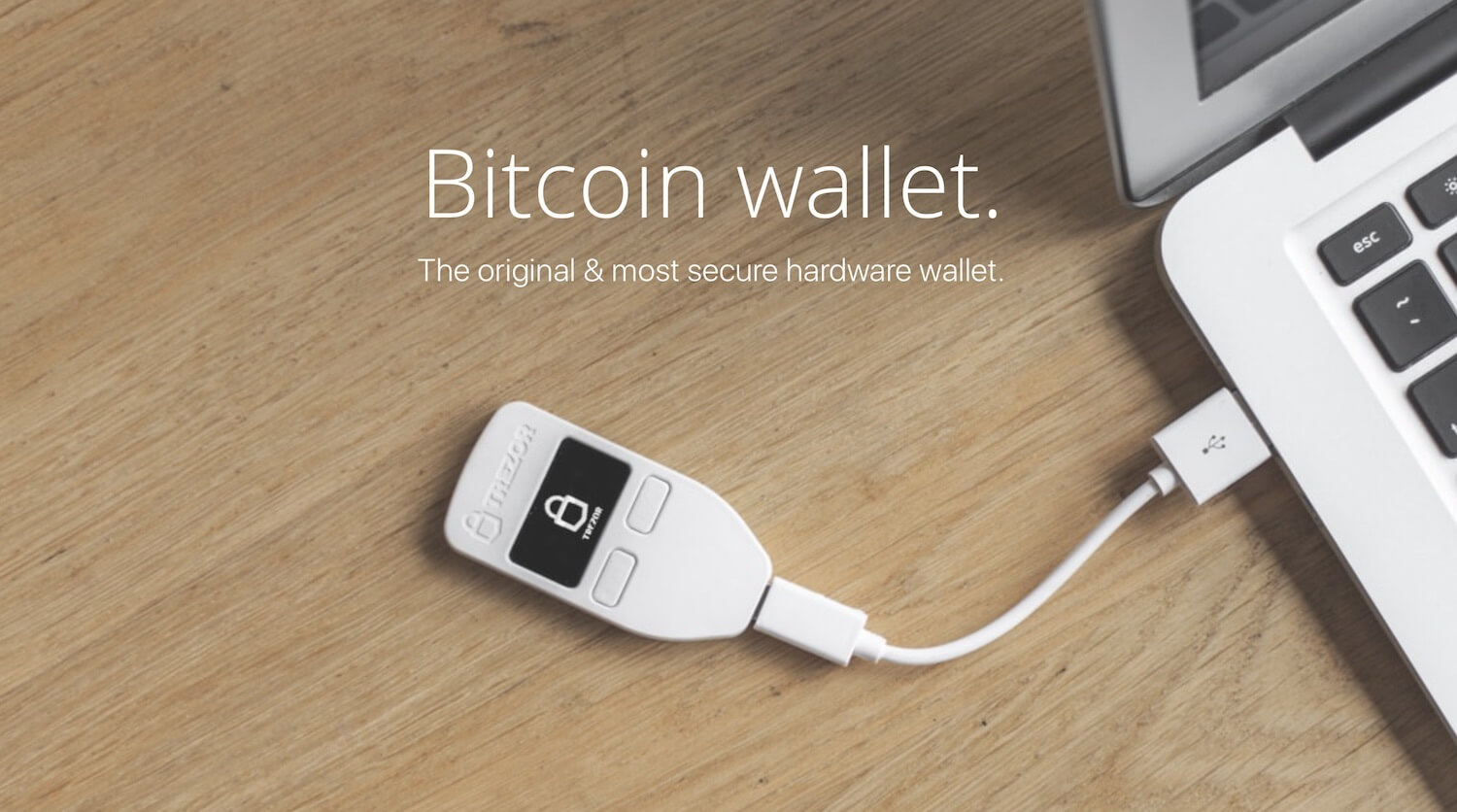

Bitcoin wallet
BTC is now the biggest cryptocurrency in terms of market cap as well as being the most widely-traded. The total supply to ever be created is capped at 21 million Bitcoins.
History
The idea originally came from Satoshi Nakamoto, who produced the original Bitcoin white paper, describing the principles behind a currency that was entirely electronic and independent from any banks, governments or any other central authority. The first mined block, also known as the Genesis Block, contained a reference to the fractional reserve banking system which Bitcoin was designed to be an alternative to.
Mining and how the Bitcoin network works:
The Bitcoin network’s purpose is to enable users to send Bitcoins to one another . Mining keeps the Bitcoin process secure by chronologically adding new blocks (each block containing several transactions) to the chain. Bitcoin relies on “proof-of-work” as a consensus algorithm: The miners help verify every transaction by solving a cryptographic puzzle, and then add the verified block of transactions to the distributed ledger. Bitcoin’s built-in reward system compensates successful miners with a few Bitcoins. Bitcoin is the first blockchain ever created relying on proof-of-work. It has since spread to become widely used in many cryptocurrencies.
Transactions are connected to a user’s Bitcoin address, which is derived from the user’s private key. A transaction on the Bitcoin blockchain can be seen as a transfer of value between Bitcoin wallets. In reality it’s more similar to a transfer of ownership, a Bitcoin recipient being assigned the right to use the newly acquired Bitcoins using his own private key . Private keys are required to sign transaction and assign new ownership. The signature also prevents the transaction from being altered by anybody once it has been issued. All Bitcoin transactions are forever publicly kept in the network, which means the balance and the transactions of any Bitcoin addresses can be consulted by everyone.
A node on the Bitcoin network is simply a computer running the Bitcoin software. The Bitcoin network counts several thousands of active nodes around the world, with the highest concentration in the United States.
The total supply of bitcoins is limited to 21 millions, and between 4 and 6 millions are already considered unusable due to probable loss of the corresponding private keys.
Bitcoin hashing algorithm and difficulty
On the Bitcoin network, a block is mined every ten minutes. The exact time frame depends on the efficiency of the global network of mining nodes. Bitcoin uses the Hashcash proof-of-work function, and the more nodes are working toward finding the solution to the cryptographic puzzle, the faster a solution will be found. To maintain the normal 10-minute block time the hashing difficulty algorithm is adjusted every two weeks.
The Bitcoin proof-of-work system is using a lot of energy, and the electric consumption increases with the usage of the network. Bitcoin detractors are using this argument to explain why Bitcoin won’t be able to scale and be used as a global currency. Although this is a valid argument, Bitcoin’s proponents argue that the electricity used is mostly coming from renewable energy and are betting on second-layer solution like the lightning network to solve both the transaction speed and energy cost limitations.
Learn more onhow to buy bitcoin
-